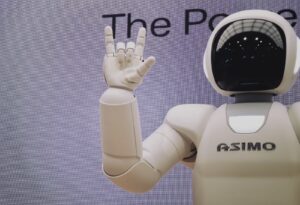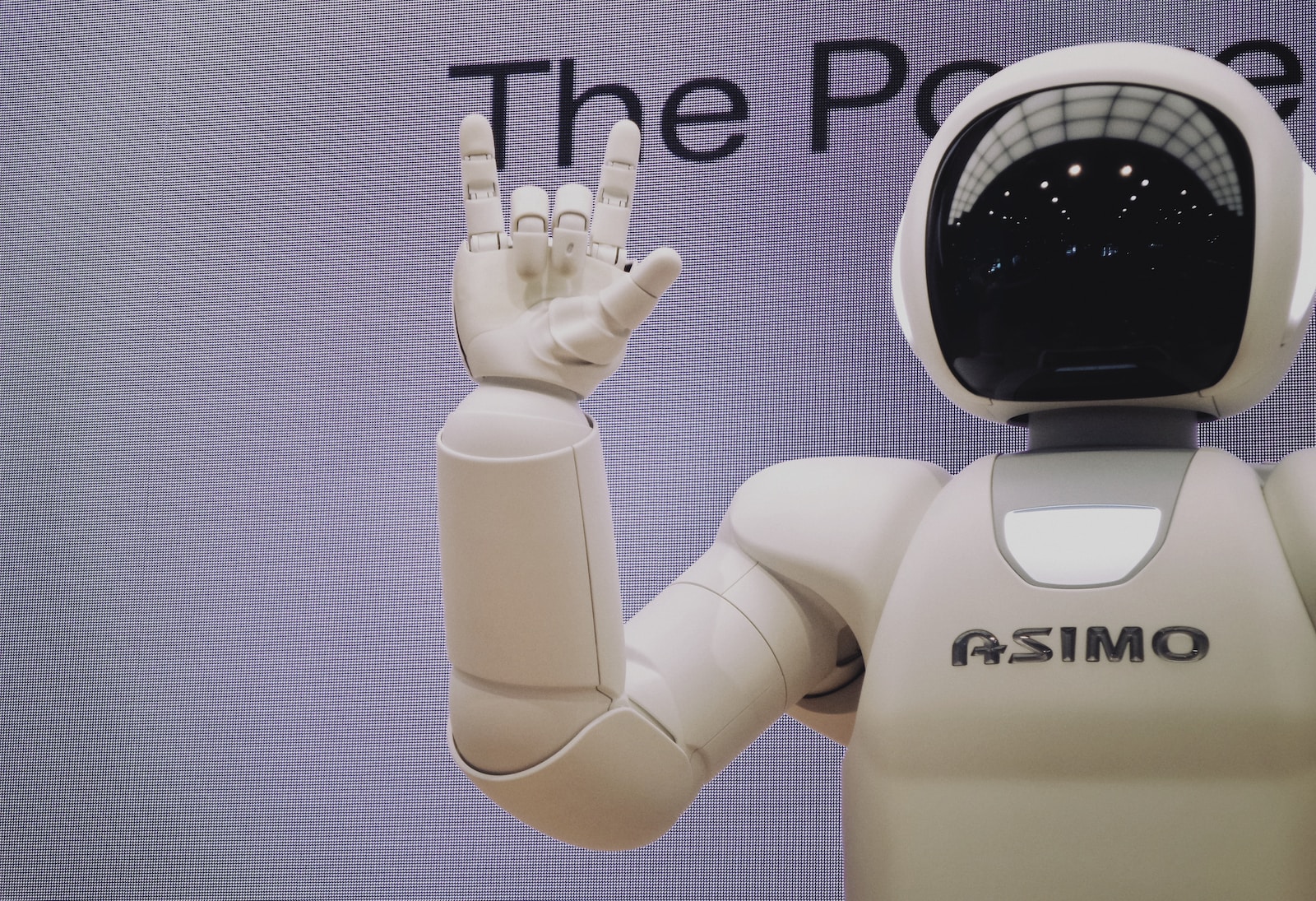Artificial Intelligence (AI) has become one of the most revolutionary technologies in recent times, transforming various industries and redefining the way we live our lives. From voice assistants to self-driving cars, AI is now a crucial part of our daily lives. In this article, we will explore what AI is, its brief history, and how it has evolved over the years.

Definition of Artificial Intelligence
Artificial Intelligence (AI) refers to the creation of intelligent machines that can perform tasks that typically require human intelligence, such as visual perception, speech recognition, decision-making, and language translation. AI systems are designed to learn from experience, improve over time, and make decisions based on data.
The concept of AI is based on the idea of creating machines that can think, reason, and learn like humans. AI can be classified into two broad categories: narrow or weak AI and general or strong AI. Narrow AI refers to machines that are designed to perform a specific task, while general AI refers to machines that can perform any intellectual task that a human can.
Brief History of Artificial Intelligence
The concept of AI can be traced back to ancient times, where myths and legends spoke of intelligent machines and automata. However, the modern era of AI began in the 1950s when computer scientists began exploring ways to create machines that could learn and reason like humans.
In 1956, a group of computer scientists held a conference at Dartmouth College, where they coined the term “Artificial Intelligence” and laid the foundation for the field. However, progress was slow in the early years, and it wasn’t until the 1980s that AI began to gain significant attention and funding from governments and businesses.
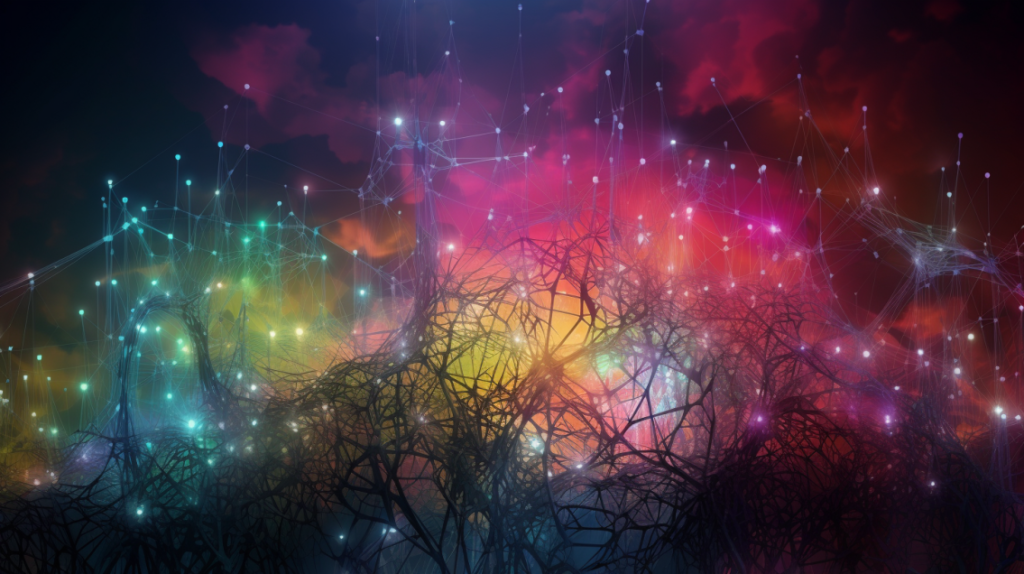
The Evolution of AI
AI has evolved significantly over the years, from early rule-based systems to modern machine learning algorithms. In the early days of AI, researchers focused on creating systems that could follow rules and logic. However, this approach had limitations, and it wasn’t until the development of machine learning that AI truly began to take off.
Machine learning algorithms enabled machines to learn from data, identify patterns, and make predictions. This marked a significant shift in the field of AI and paved the way for the development of more advanced technologies such as deep learning and natural language processing.
Types of AI
There are different types of AI, each with its own strengths and weaknesses. Here are some of the most common types of AI:
Machine Learning
Machine learning is a type of AI that involves training algorithms to learn from data. The algorithm can identify patterns and make predictions based on the data it has been trained on.
Machine learning algorithms are used in a wide range of applications, including image recognition, speech recognition, and natural language processing. They can also be used for predictive modeling, anomaly detection, and recommendation systems.
Deep Learning
Deep learning is a subset of machine learning that involves training neural networks to recognize patterns in data. Neural networks are modeled on the structure of the human brain and consist of layers of interconnected nodes.
Deep learning algorithms are used in applications such as image and speech recognition, language translation, and autonomous vehicles. They have also been used to develop chatbots and virtual assistants.
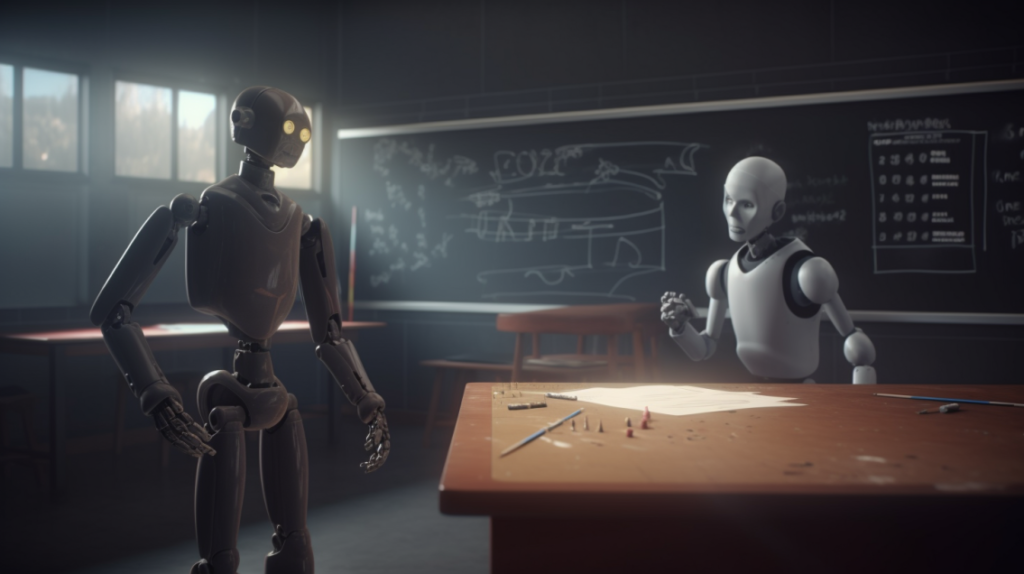
Natural Language Processing (NLP)
Natural Language Processing (NLP) is a type of AI that focuses on enabling computers to understand and interpret human language. NLP is used in applications such as chatbots, voice assistants, and language translation.
NLP algorithms are designed to process and analyze natural language input from humans, including written text and spoken words. They can be used for tasks such as sentiment analysis, language translation, and speech recognition.
Robotics and AI
Robotics and AI are closely intertwined, with robots using AI algorithms to make decisions and interact with the world around them. Robotics and AI are used in a variety of industries, including manufacturing, healthcare, and agriculture.
Robots can be programmed to perform a wide range of tasks, from assembling products on a manufacturing line to performing surgery in a hospital. With the help of AI, robots can learn from their environment and make decisions based on the data they collect.
AI and Computer Vision
Computer vision is an area of AI that focuses on enabling machines to recognize and interpret visual information. Computer vision algorithms are used in applications such as self-driving cars, facial recognition, and image analysis.
Computer vision algorithms can analyze images and identify objects, people, and other relevant features. This technology is used in a variety of industries, from healthcare to transportation.
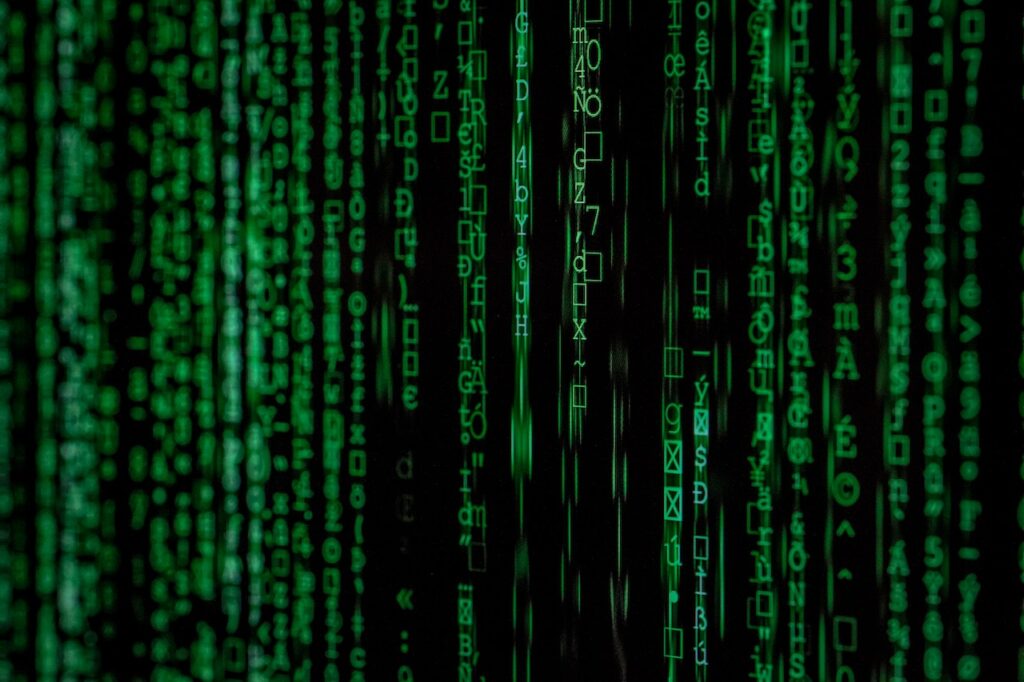
AI in Popular Culture
AI has been a popular topic in science fiction for decades, with films like Blade Runner, The Terminator, and The Matrix depicting a world where machines have surpassed human intelligence. However, the reality of AI is much different, with the technology being used for practical applications rather than world domination.
AI has also been the subject of many non-fiction books and documentaries, with authors and filmmakers exploring the potential benefits and risks of the technology. As AI continues to evolve, it is likely to remain a topic of interest in popular culture.
AI Ethics
As AI becomes more prevalent in our daily lives, there are growing concerns about its ethical implications. Some of the key ethical issues surrounding AI include:
Bias
AI algorithms are only as unbiased as the data they are trained on. If the data is biased, then the algorithm will produce biased results. This can lead to discrimination against certain groups and perpetuate existing inequalities.
To address this issue, researchers are working on developing more diverse datasets and designing algorithms that are more robust to bias.
Privacy
AI systems often collect and analyze vast amounts of data about individuals, which raises concerns about privacy and data protection. There are also concerns about the use of facial recognition technology and its impact on privacy.
To address these concerns, policymakers are working to establish regulations around the collection and use of data in AI systems.
Job Displacement
AI has the potential to automate many jobs, which could lead to widespread job displacement. This could have significant social and economic impacts, particularly in industries where AI is most prevalent.
To address this issue, policymakers and business leaders are exploring ways to retrain workers and create new job opportunities in industries where human workers are still needed.

AI in Healthcare
AI is revolutionizing healthcare, with applications ranging from drug development to diagnosis and treatment. Here are some examples of how AI is being used in healthcare:
Drug Development
AI is being used to accelerate the drug development process by analyzing vast amounts of data and identifying potential new drugs and treatments.
AI algorithms can analyze data from clinical trials, scientific literature, and other sources to identify potential drug candidates. This can help researchers identify new treatments more quickly and efficiently.
Diagnosis
AI algorithms can analyze medical images and identify potential health problems with a high degree of accuracy. This can help doctors diagnose conditions more quickly and accurately.
For example, AI can be used to analyze X-rays and identify signs of lung cancer, or to analyze MRI scans and identify early signs of Alzheimer’s disease. This can lead to earlier detection and treatment, improving patient outcomes.
Patient Monitoring
AI can be used to monitor patients and identify potential health problems before they become serious. This can help doctors intervene earlier and improve patient outcomes.
For example, wearable devices equipped with AI algorithms can monitor a patient’s heart rate, blood pressure, and other vital signs. If the device detects a potential problem, it can alert the patient or their doctor, allowing for early intervention and treatment.

AI in Business
AI is transforming the business world, with applications ranging from automating processes to predicting consumer behavior. Here are some examples of how AI is being used in business:
Process Automation
AI can automate repetitive tasks and streamline business processes, reducing costs and improving efficiency.
For example, AI can be used to automate customer service chatbots, allowing customers to get answers to their questions without needing to speak to a human representative. This can free up customer service agents to focus on more complex issues, improving overall customer satisfaction.
Customer Experience
AI can be used to personalize the customer experience by analyzing customer data and providing tailored recommendations and offers.
For example, an online retailer can use AI algorithms to analyze a customer’s purchase history and browsing behavior to recommend products they are likely to be interested in. This can lead to higher conversion rates and increased customer loyalty.
Predictive Analytics
AI algorithms can analyze vast amounts of data and identify patterns and trends that humans may miss. This can help businesses make more informed decisions and predict future trends.
For example, a retailer can use predictive analytics to forecast future sales and adjust inventory levels accordingly. This can help the retailer avoid stockouts and minimize waste, improving overall profitability.

AI in Education
AI has the potential to transform education by personalizing the learning experience and improving student outcomes. Here are some examples of how AI is being used in education:
Personalized Learning
AI can analyze student data and provide personalized recommendations and resources to help students learn more effectively.
For example, an AI-powered learning platform can analyze a student’s performance on quizzes and assignments and provide personalized recommendations for additional resources and practice exercises. This can help students learn at their own pace and focus on areas where they need additional support.
Student Assessment
AI can be used to assess student performance and provide feedback in real-time. This can help teachers identify areas where students are struggling and provide targeted support.
For example, an AI-powered grading system can automatically grade multiple-choice quizzes and provide immediate feedback to students. This can save teachers time and allow them to focus on providing more personalized feedback on open-ended assignments.
Teacher Support
AI can help teachers manage administrative tasks and provide personalized professional development opportunities.
For example, an AI-powered system can analyze a teacher’s lesson plans and provide feedback on areas where they may be able to improve. This can help teachers refine their skills and provide better instruction to their students.
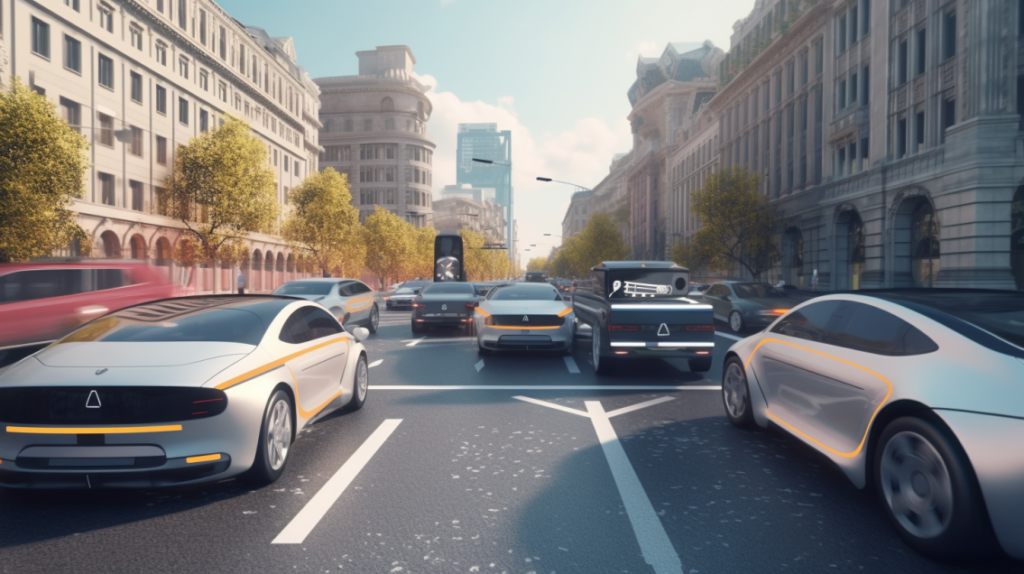
The Future of AI
AI is still in its early stages, and there is a lot of potential for future developments. Some of the key areas where AI is likely to have a significant impact in the coming years include:
Healthcare
AI has the potential to revolutionize healthcare, with applications ranging from personalized medicine to remote patient monitoring.
For example, AI algorithms can be used to analyze a patient’s genetic data and develop personalized treatment plans. AI-powered wearable devices can also monitor a patient’s health in real-time and alert their doctor to potential problems.
Transportation
Self-driving cars and other autonomous vehicles are likely to become more prevalent in the coming years, transforming the way we travel.
For example, self-driving cars can reduce traffic congestion and improve overall safety by eliminating human error. They can
also increase access to transportation for individuals who may not be able to drive, such as the elderly or disabled.
Manufacturing
AI is already being used to automate manufacturing processes, but future developments are likely to make these systems even more efficient and flexible.
For example, AI algorithms can be used to optimize production schedules and minimize waste. Robots equipped with AI can also be trained to perform a wider range of tasks, making them more versatile and adaptable.
Environmental Sustainability
AI has the potential to help address some of the most pressing environmental challenges facing the world today, such as climate change and resource depletion.
For example, AI algorithms can be used to optimize energy usage and reduce carbon emissions. They can also be used to monitor and manage natural resources such as forests and water supplies, helping to ensure their sustainable use.
Conclusion
AI is a rapidly evolving field with enormous potential for transforming various industries and improving our daily lives. From healthcare to education to business, AI is already being used to solve complex problems and create new opportunities. As AI continues to evolve, it is essential to consider the ethical implications and work towards developing systems that are unbiased, transparent, and accountable.

